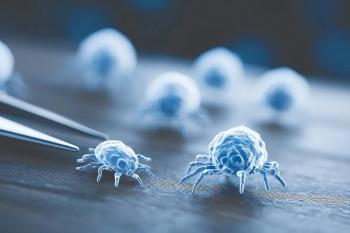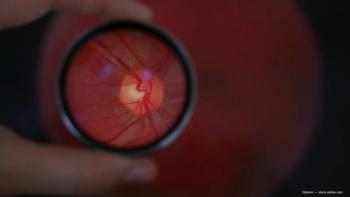
Compliance likely an issue when amblyopia therapy fails
When treating a child with amblyopia, what steps do you take when the Pediatric Eye Disease Investigator Group (PEDIG) guidelines do not work? The first thing to consider is whether you're getting poor compliance with your therapy, said Lionel Kowal, MD, FRACOphth, FRACS, Ophthalmology Eye and Ear Hospital, Melbourne, Australia.
When treating a child with amblyopia, what steps do you take when the Pediatric Eye Disease Investigator Group (PEDIG)guidelines do not work? The first thing to consider is whether you're getting poor compliance with therapy, said LionelKowal, MD, FRACOphth, FRACS, Ophthalmology Eye and Ear Hospital, Melbourne, Australia.
With patching, for example, Dr. Kowal said documentation in parent-kept diaries tends to overestimate the actual patchingtime. That could explain why in some studies, 2 hours of patching yields the same therapeutic results as 6 hours.
"Parents don't like parading an obviously defective child," Dr. Kowal said. "They also don't like to be 'mean' to theirchildren. So it's a tough situation for everyone involved.
"Sometimes we find that the best way to get your therapy to work is to find a way to help parents maintain enthusiasm for thetask," he said.
Other measures to consider if you are following the PEDIG guidelines but are not achieving satisfactory results, according toDr. Kowal:
- If you're already patching, try atropine.
- If you're using atropine, try patching.
- Look for missed organic factors.
- Correct the patient's strabismus.
- In severe cases, consider refractive surgery.
Finally, remember the parents. "You must find a way to keep the therapeutic environment alive," Dr. Kowal said.
Newsletter
Don’t miss out—get Ophthalmology Times updates on the latest clinical advancements and expert interviews, straight to your inbox.








































